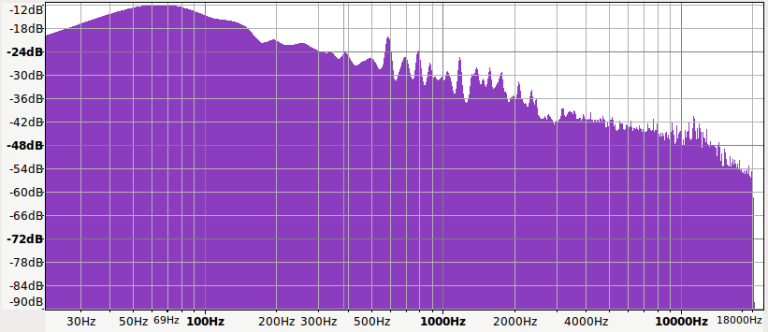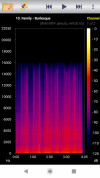Doubling down is not important and is not indicative of a good or a bad amplifier.
You either have enough power (voltage and current) or you don’t, and that’s what matters. Signals are very complex with regard to impedance and most amplifiers should handle complex impedances including dips just fine.
Having tested a bunch of stuff with The Power Cube, I have to disagree about the second point unless you mean under ordinary conditions). A lot of amps
cannot handle nonresistive loads so well near their clipping point. Granted, over time we tested a lot more car stuff than home units, but then again those are just Class AB with switching power supplies in front.
As for the doubling, out of a couple hundred measured personally or by colleagues or
Stereophile I've only ever seen I think 3 that truly doubled power at clipping. One was
https://www.stereophile.com/content/ps-audio-stellar-m1200-monoblock-power-amplifier-measurements, another was I think a CH Precision $60k or so, and I forget the 3rd. There were also some car audio competition cheater amps but I don't count those and my recollection is they did not actually double power into their lowest rated impedances. Almost all the car amps would give like 50-60% more power at clipping into 2 ohms versus 4, and similar for home stuff.
Now, does that matter? Good question. It matters near clipping, and probably (?) into nonresistive loads. I'd expect more power into an "8 ohm" speaker at a low frequency with a tough phase angle from a 100W/200W measuring amp than one that measured 100W/160W. Then again as someone once posted, just get a huge amp and you're done, no worries. Still, I tend to believe that the big stiff power supply needed to truly double *might* impart a different
sonic character. Insufficient data, never tested blind that I'm aware of. It would be interesting to get say Bruno Putzeys or PS Audio or Bob Carver etc etc to build both a "typical" amp and a "doubling" amp and do some listening tests. It would also be interesting to ask stellar designers what
they think about the issue of doubling power...


